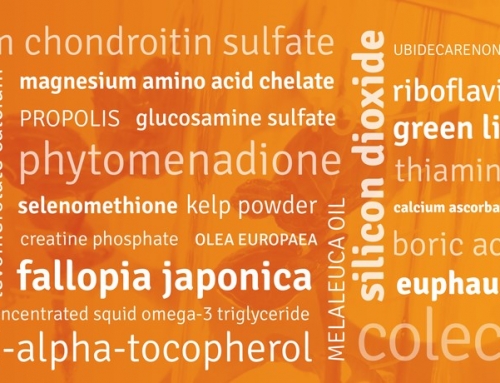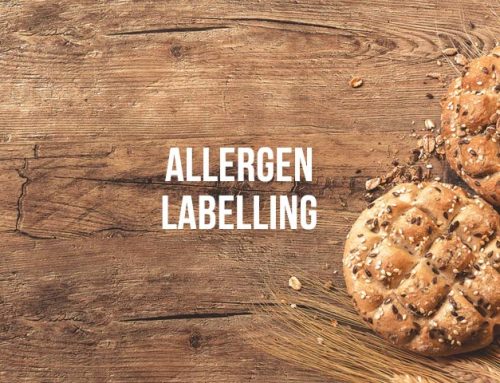Packaged Foods – New Requirements
Plain English Allergen Labelling (PEAL)
The Australia New Zealand Food Standards Code (the Code) was amended on 25 February introducing new requirements for the labelling of allergens in food. These changes are intended to assist consumers in identifying potential allergens in foods more easily. The changes mean that food companies will need to review and update their current labelling in order to meet the new requirements.
In particular, the following sections of the Code have been updated:
- Standard 1.2.3 Information requirements – warning statements, advisory statements and declarations
- Schedule 9 – Mandatory advisory statements and declarations.
The new requirements include that allergen information is to be declared:
- in a specific format and location on food labels, and
- using simple, plain English terms in bold font
For the foods and substances requiring mandatory declaration in the revised Schedule 9 of the Code – a mandatory declaration must included both:
- in the statement of ingredients, the required name of the food to be declared from Column 3 of the table in Schedule 9-3
- a summary statement of all the mandatory ingredient declarations using the required names from Column 4 Schedule 9-3
Statement of ingredients – required form
- Font & Size: the required name must be in bold font, contrast distinctly with other text and be in a type size not less than the size of the other text in the list.
- Required names must be listed as a separate word for each ingredient containing the declared food, next to the name of the ingredient containing the relevant substance/food unless the ingredient name is identical to the required name or is contained in the name of the ingredient (as a separate word) e.g. sesame seeds.
- Note this does not apply if the required name is not a separate word eg. buttermilk must be included as buttermilk (milk) – not buttermilk.
- Processing Aids: In addition, for substances used as processing aids, or that are a component of a processing aid, the words ‘processing aid’ must be included in conjunction with the required name
Example Statement of Ingredients:
Ingredients: kamut (wheat), maltodextrin (wheat), barley, Soya flour, milk powder, buttermilk (milk), sodium caseinate (milk) or sodium caseinate (from milk), pasta (wheat, egg), sesame seeds, tree nuts (walnut, Brazil nut, almond), processing aids (wheat) or processing aid containing wheat.
Summary Statement – required form
- Must commence with the word ‘Contains’
- List the required name of each food to be declared as per Column 4, Schedule 9-3 and contain no other words.
- Appear on the label in the same field of view as and directly next to but distinctly separate from the statement of ingredients.
- Must be printed in the same typeface and text size as the required name in the statement of ingredients; and in bold font that distinctly contrasts with any other text in the statement of ingredients.
Example Summary Statement (for above ingredient list)
Contains wheat, gluten, soy, milk, egg, sesame, walnut, Brazil nut, almond
– This would be placed directly after the Statement of ingredients, on a separate line to ensure it is distinctly separate:
– According to the Approval report, either upper or lower case may be used for the first letter of a required name (except for ‘Brazil nut’).
Changes to required names
- Tree Nuts: the species of tree nut must now be named specifically ie. almond, cashew, Brazil nut etc.
- Seafood: Molluscs must be declared separately, and the required name for crustacea is crustacean.
Transition Period
Businesses have 3 years from 25 February 2021 to implement the new requirements. During this transition period, food businesses can comply with either the existing allergen declaration requirements in the Code, or the new requirements. A 2 year stock-in-trade period will follow the transition period. As such, food packaged and labelled with existing allergen declarations before the end of the transition period (25 February 2024) may still be sold for up to a further 2 years until 25 February 2026.
You can contact us if you require help or advice relating to the changes required for the new food allergen labelling requirements and any other aspects of the Food Standards Code.








